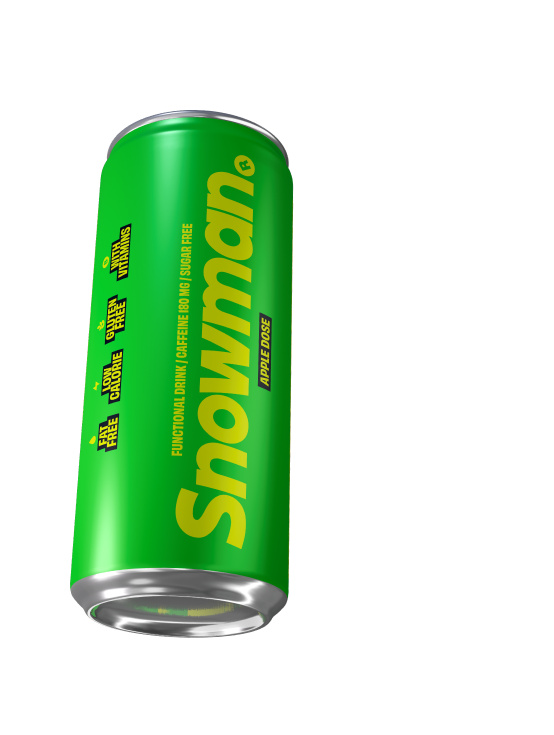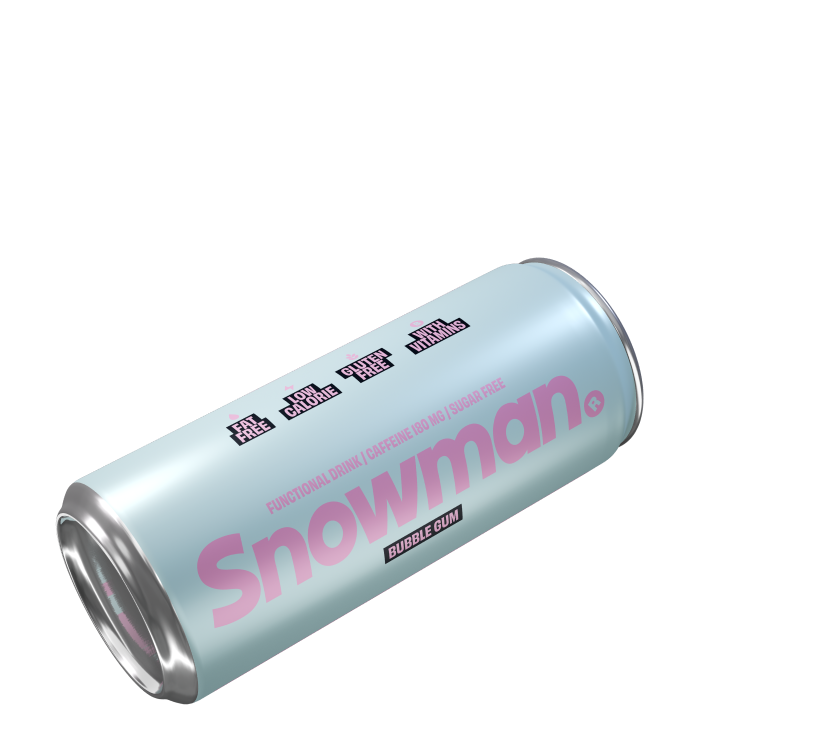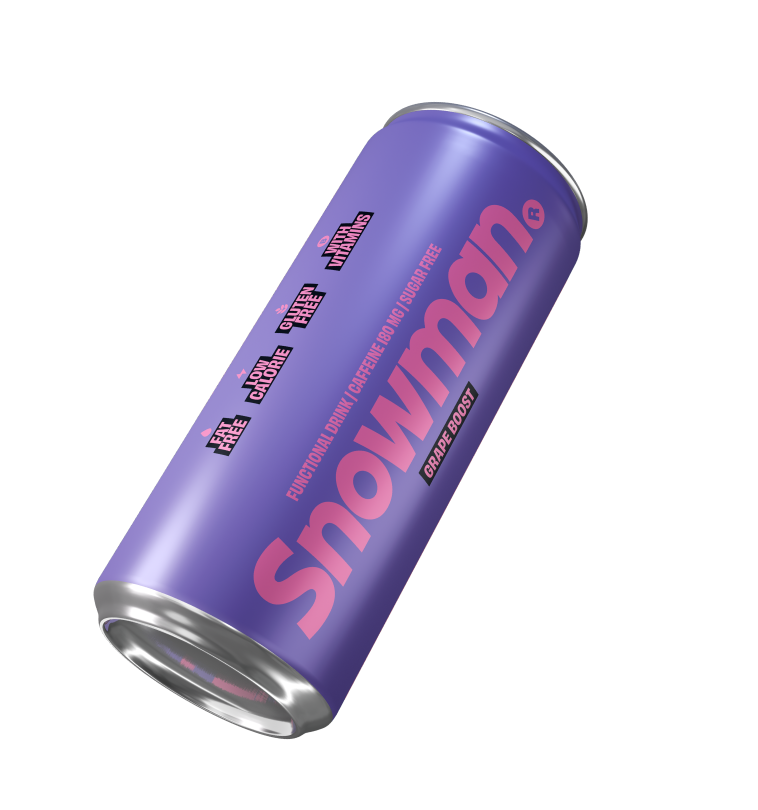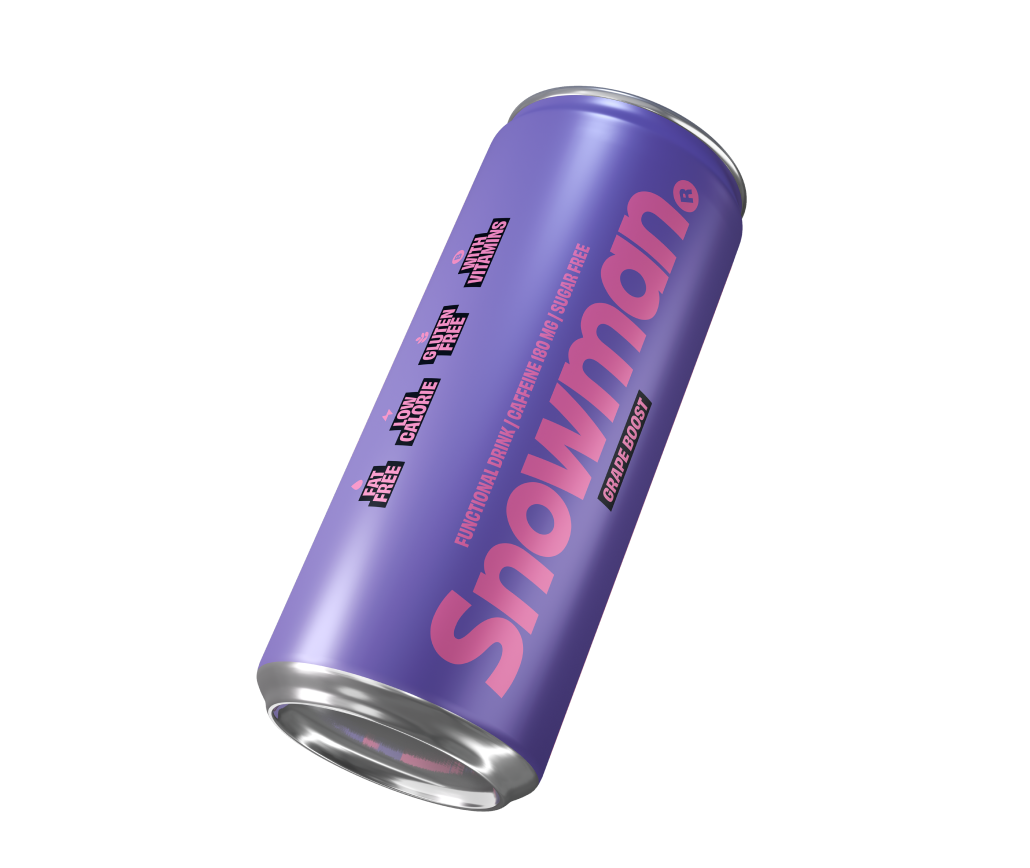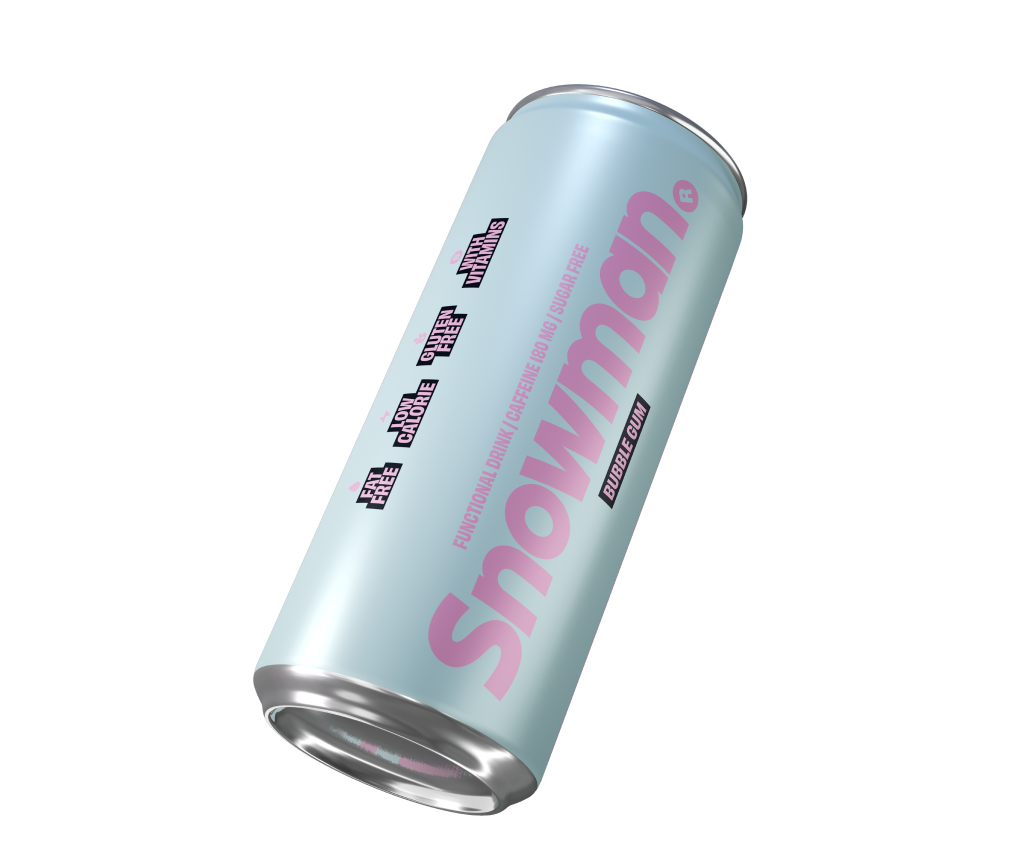
Nicotine pouches represent a significant innovation in the world of nicotine products. The evolution of nicotine pouches has been fast paced. Emerging as a modern alternative to traditional tobacco, these pouches have quickly carved out a niche in the market. This surge in popularity warrants a deeper exploration into their history, development, and distinct nature compared to conventional tobacco products. By tracing their roots and understanding their evolution, we can gain insights into how nicotine pouches have become a notable part of the nicotine consumption landscape. This article aims to provide a thorough examination of the journey of nicotine pouches, from their origins to their current status and future prospects.
Origins of Nicotine Pouches
The origins of nicotine pouches are not just a recent phenomenon but a chapter in a long history of human interaction with nicotine. This history is rich and varied, stretching back centuries and encompassing a multitude of cultures and practices.
Early Practices and Cultural Roots
Long before the advent of modern nicotine pouches, indigenous cultures across the globe had their unique methods of consuming nicotine. In the Americas, Native American tribes had a longstanding tradition of using tobacco in various forms. They chewed tobacco leaves, or sometimes, they mixed them with lime and placed this mixture in the mouth. This method allowed for the slow release of nicotine and was used both for its psychoactive effects and in various rituals and medicinal practices.
Similarly, in parts of Africa and Asia, there were traditions of chewing betel nut and tobacco leaves. These practices, although varying in specifics, share the commonality of oral consumption of nicotine, laying the groundwork for the concept behind modern nicotine pouches.
The Scandinavian Influence: Snus
The more direct precursor to today’s evolution of nicotine pouches is the Swedish “snus.” This product, which emerged in the early 1800s in Sweden, was a moist, ground tobacco product placed under the upper lip. Snus was an evolution from an even earlier form of snuff, which was a dry, powdered tobacco inhaled through the nose, popular in Europe since the 16th century.
The development of snus represented a significant shift in nicotine consumption. It moved away from the inhalation of tobacco to a spit-free, smokeless oral use. This was a crucial step towards the modern nicotine pouches, as it introduced the idea of a discreet, oral tobacco product that didn’t require spitting or smoking.
Technological and Industrial Advances
The transition from traditional oral tobacco products to modern nicotine pouches was heavily influenced by technological and industrial advancements. The 19th and 20th centuries saw rapid industrialization, which brought about new manufacturing techniques and materials. These advancements made it possible to process tobacco and, later, to create synthetic and tobacco-free nicotine products.
The development of purified nicotine and the use of cellulose and other non-tobacco materials in the late 20th and early 21st centuries were pivotal. These innovations allowed for the production of clean, consistent, and user-friendly nicotine pouches. Manufacturers were able to remove the tobacco component altogether, addressing health concerns associated with tobacco use while retaining the nicotine delivery that consumers sought.
Evolution of nicotine pouches: The Modern Era of Nicotine Pouches
The modern era of nicotine pouches began in earnest in the early 21st century. Companies started experimenting with various formulations to create a product that was tobacco-free, discreet, and enjoyable to use. The first versions of these modern nicotine pouches were rudimentary compared to today’s standards, but they laid the foundation for the rapidly expanding market we see today.
The appeal of these pouches grew as they offered a new way to consume nicotine without the harmful effects of smoking and the stigma associated with traditional tobacco products. Their discreet nature, coupled with the absence of smoke and smell, made them an attractive option for people looking for an alternative to cigarettes or chewing tobacco.
Evolution of nicotine pouches over Time
The journey of nicotine pouches from their initial conception to the sophisticated products we see today is a story of innovation, consumer demand, and regulatory adaptation. This evolution reflects broader societal and technological changes, each playing a role in shaping the nature and perception of nicotine pouches.
Technological Advancements in Production
One of the key drivers of the evolution of nicotine pouches has been technological advancements in production and materials science. Initially, these products were limited in variety and quality, often lacking in both flavor and satisfaction when compared to traditional tobacco products. However, as manufacturing techniques improved, so did the quality and diversity of nicotine pouches.
Advances in food-grade chemistry enabled the creation of pouches that were not only safer but also offered a more enjoyable experience. Manufacturers began to use high-quality, synthetic nicotine, which provided a consistent and controlled nicotine release. This was a significant improvement over earlier versions, which varied greatly in strength and quality.
In addition, the development of new materials allowed for better control over the release of nicotine and flavor. The use of non-woven fabrics and other advanced materials in pouch design helped create products that were more comfortable to use and provided a more consistent experience.
Shifting Consumer Preferences
The evolution of nicotine pouches was also driven by changing consumer preferences. As awareness of the health risks associated with traditional tobacco smoking increased, many consumers began looking for safer alternatives. This shift was not just among existing tobacco users but also among new users who were wary of starting smoking due to its well-documented health risks.
Nicotine pouches appealed to this market by offering a tobacco-free way to consume nicotine. The evolution of nicotine pouches has been fast. They also catered to a desire for discretion and convenience, unlike smoking, which is often restricted in public places and has a noticeable smell and residue.
The flavor profiles of nicotine pouches also evolved in response to consumer preferences. Early versions were limited in flavor, often trying to mimic traditional tobacco tastes. However, as the market expanded, so did the range of flavors, with options now including mint, fruit, coffee, and even exotic flavors like cinnamon and licorice. This diversification was a response to a market that sought variety and personalization in their nicotine experience.
Regulatory Changes and Health Research
The evolution of nicotine pouches has been heavily influenced by regulatory changes and health research. As governments around the world implemented stricter regulations on tobacco products, including restrictions on smoking in public places and limitations on advertising, nicotine pouches gained popularity as a less regulated alternative.
The tobacco-free nature of nicotine pouches often placed them in a different regulatory category, allowing them to bypass some of the restrictions placed on traditional tobacco products. However, this landscape is continuously changing, as more research is conducted on the long-term effects of nicotine pouches and regulators seek to understand and control their use.
Health research played a dual role in the evolution of nicotine pouches. On the one hand, it highlighted the risks of traditional tobacco products, driving consumers towards safer alternatives. On the other hand, it also scrutinized the safety of nicotine pouches themselves, leading to innovations aimed at reducing any potential risks associated with their use.
Comparison with Traditional Tobacco Products
Nicotine pouches stand in stark contrast to traditional tobacco products in several key aspects. The most fundamental difference lies in their composition. Unlike cigarettes, cigars, or chewing tobacco, nicotine pouches are entirely tobacco-free. They deliver nicotine in a purified form, typically embedded in a cellulose powder base. This distinction is crucial not only for health implications but also for public perception and regulatory treatment.
Health implications are a significant differentiator. While no nicotine product can be claimed to be entirely safe, nicotine pouches are generally considered less harmful than their tobacco-containing counterparts. The absence of tobacco eliminates the risk of exposure to many carcinogenic substances found in tobacco smoke. Additionally, the use of nicotine pouches does not involve combustion, which is a significant source of harmful chemicals in traditional smoking.
The market for nicotine pouches has also been shaped by their discreet and convenient use. Unlike smoking, which produces a noticeable smell and smoke, nicotine pouches are used orally and do not leave a traceable odor or require the disposal of butts. This discrete nature makes them appealing to users who seek a more private and less intrusive way to consume nicotine.
Current State of the Nicotine Pouch Market
The market for nicotine pouches has seen exponential growth in recent years. This surge is driven by increasing consumer awareness, a growing preference for tobacco-free products, and an expanding range of available flavors and strengths. Leading brands in the nicotine pouch market have diversified their offerings, catering to a broad spectrum of preferences and nicotine strengths.
Market trends show a significant shift in consumer demographics. Initially, nicotine pouches were predominantly used by individuals looking to quit smoking. However, their appeal has broadened to include a broader range of users, including younger adults who are attracted to the convenience, flavor variety, and perceived lower health risks compared to traditional tobacco products.
Another factor contributing to the market growth is the strategic marketing efforts by manufacturers. These efforts often highlight the tobacco-free nature of the product, aligning with the growing health consciousness among consumers. Additionally, the availability of nicotine pouches in various retail channels, including online platforms, has made them more accessible to a broader audience.
Future Outlook and Potential Developments
The future of nicotine pouches appears promising, with potential for continued growth and innovation. Technological advancements are expected to drive the development of even more refined products with better flavor profiles, more efficient nicotine delivery systems, and potentially even safer formulations.
Regulatory changes will continue to play a significant role in shaping the market. As more research is conducted on the health effects of nicotine pouches, regulations may evolve, potentially impacting how these products are marketed and sold. Manufacturers and consumers alike will need to stay informed about these regulatory shifts to navigate the future landscape effectively.
Innovation is also likely to occur in the area of sustainability. With increasing global emphasis on environmental responsibility, future developments may include eco-friendly packaging and biodegradable materials, further enhancing the appeal of nicotine pouches to environmentally conscious consumers.
Conclusion
The journey of nicotine pouches from their early origins to their current state is a testament to the dynamic nature of consumer products and market trends. These pouches have carved out a niche in the nicotine product market, offering a tobacco-free alternative that appeals to a wide range of consumers. As they continue to evolve, both in terms of product development and market presence, nicotine pouches are likely to remain a significant player in the landscape of nicotine consumption.
